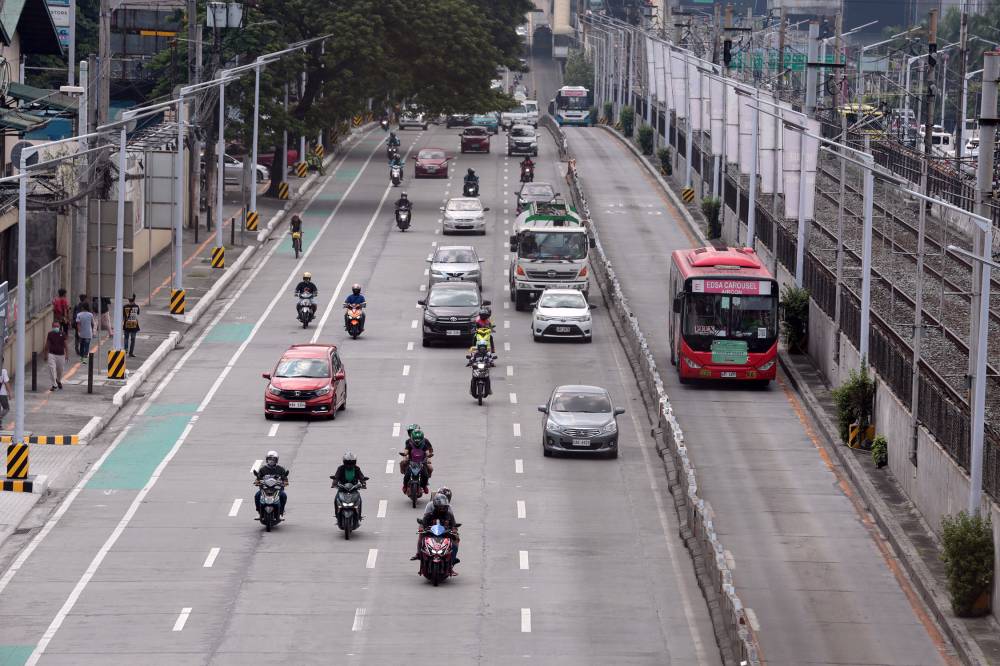DOH backs 30-kph limit in city, town streets

The Department of Health (DOH) is backing proposals to enforce a 30-kilometer-per-hour (kph) speed limit, noting the rising incidents of road accidents that have become the top killer among young Filipinos.
Health Secretary Teodoro Herbosa cited how other countries are strictly enforcing speed limits on their roads, which significantly reduced road accidents and casualties.
Weak LGU implementation
Herbosa stressed the need to strengthen the enforcement of road-related laws and improve road behavior among drivers of motorcycles and four-wheel vehicles.
Under Republic Act No. 4136, or the Land Transportation and Traffic Code, the maximum allowable speed on city and municipality streets, with light traffic, when not designated “through streets,” is only 30 kph for passenger cars, motorcycles, motor trucks and buses.
A 2018 joint memorandum circular issued by the Department of Transportation, Department of Public Works and Highways and Department of the Interior and Local Government empowers local government units (LGUs) to monitor the speed limits on roads under their jurisdiction.
Despite this, however, many LGUs apparently have no awareness of their role in addressing traffic speed, have not classified roads within their jurisdiction to set appropriate speed limits, or have no sufficient speed detection devices and technical capacity to enforce established speed limits.
Leading cause of death
Herbosa noted further that road accidents are among the primary causes of death of Filipinos aged 5 to 29.
It is the fifth top cause of death in the country, just behind cardiovascular diseases, cancer, diabetes and pneumonia.
“Maybe in another 10 years, it may be the top,” he warned.
There were 13,101 deaths due to road traffic accidents in the country in 2023—seven percent higher than the 12,241 deaths in 2022, according to data from the Philippine Statistics Authority (PSA).
Among these deaths, 1,044 or eight percent were below 18 years old—equivalent to three Filipinos in that age group killed on the road every day.
The same data showed that road accidents were the top killer of Filipinos aged 11 to 19 for three consecutive years from 2021 to 2023.
Action plan
In 2023, the Philippine government released its Philippine Road Safety Action Plan—among its goals including at least a 35-percent reduction in road fatalities by 2028.
However, the current trend of road traffic accidents is on the rise, achieving only a slump from 2020—the start of the COVID-19 pandemic when mobility was restricted—to 2023.
“The regression is unacceptable and we must intensify our efforts to reverse this trend. These statistics represent lives lost, families broken, and futures cut short,” Herbosa said.
Public health issue
Both the World Health Organization and the United Nations Children’s Fund have raised concerns about the increasing number of victims, many as young as 5 years old, suffering from life-altering injuries or losing their lives.
“Road crashes are preventable. Every injury averted, every life saved is a testament to the effectiveness of evidence-based strategies and collective action,” Herbosa said.
“Road safety is not just a public health issue. It is essential for the sustainable development of the country. Safe roads allow our children to go to school, to play, and access health care without fear. They strengthen economies, local government units, and civil society organizations,” he added.





















